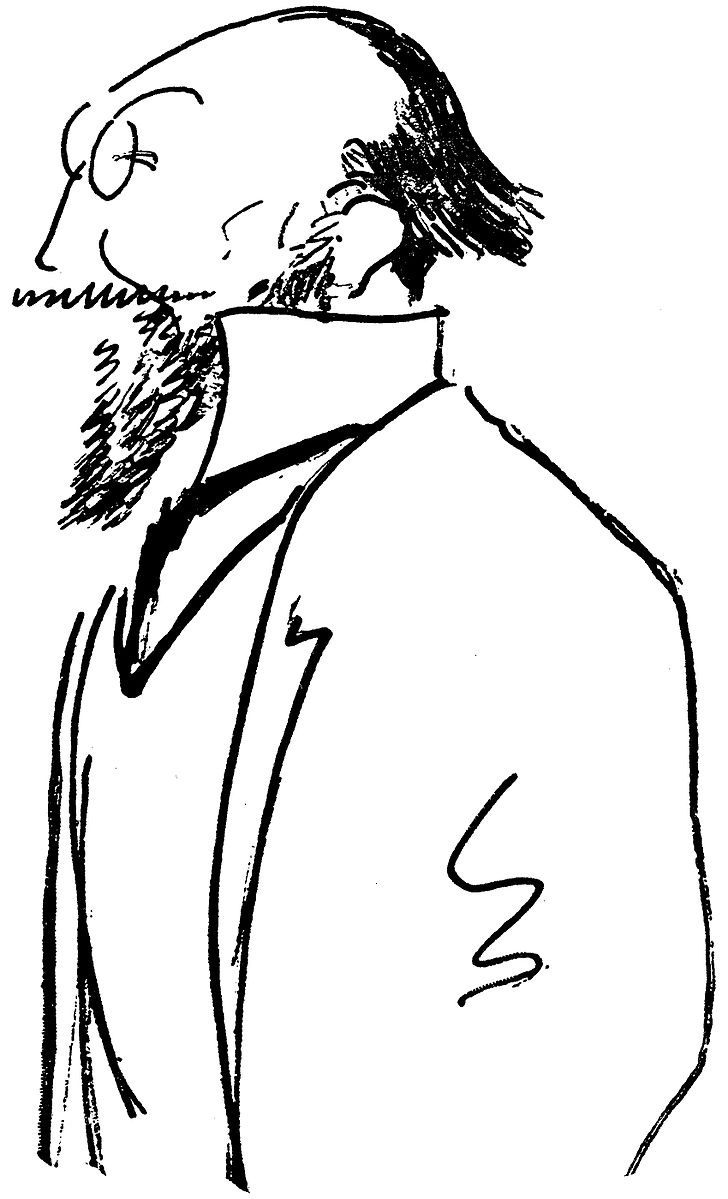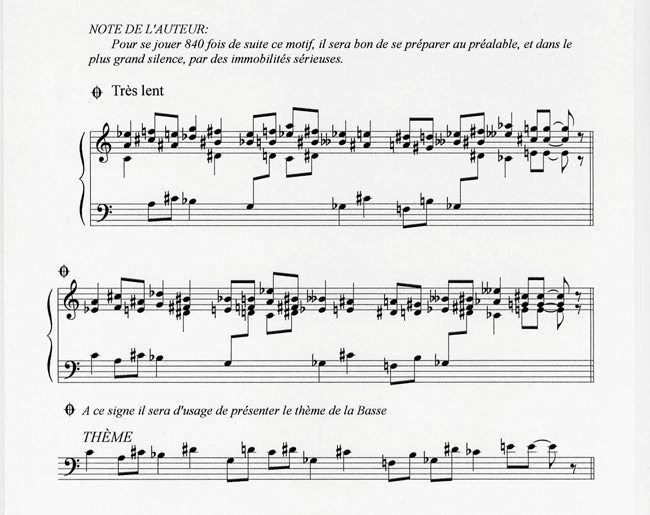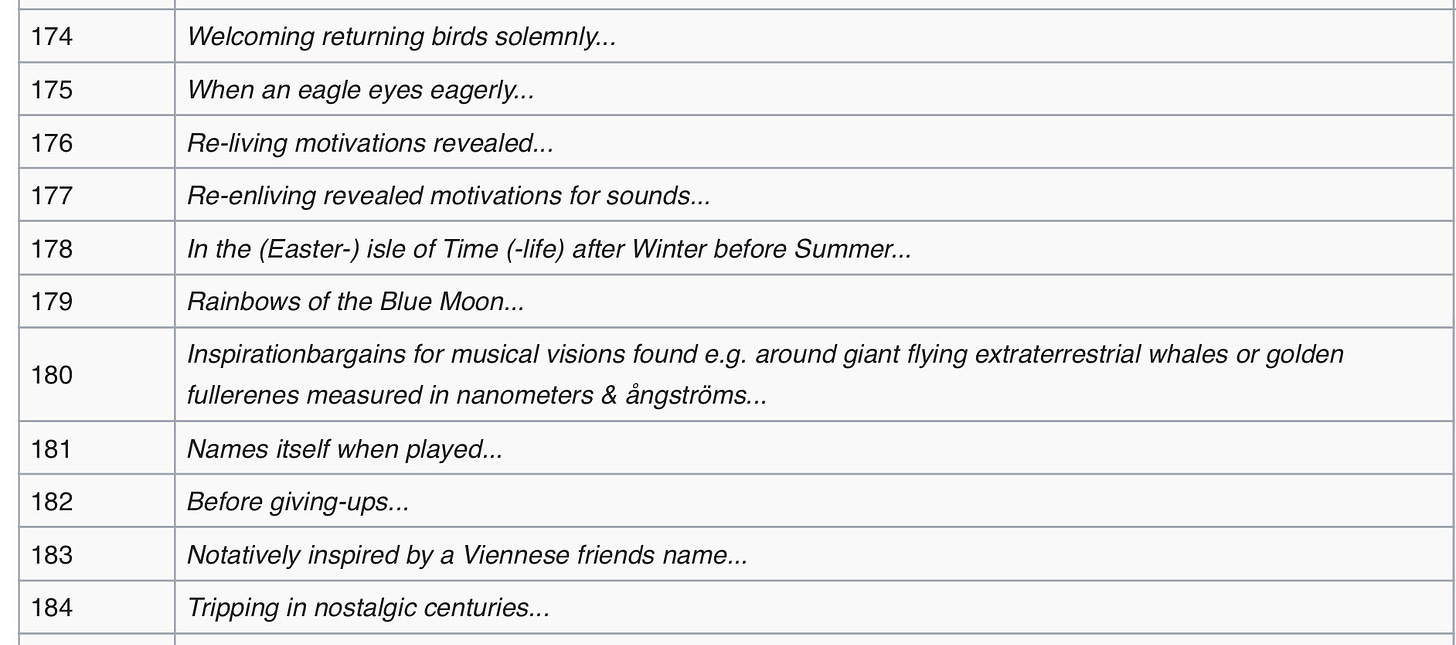Happy Birthday to Erik Satie, born this day in 1866.
As it happens, I’ve been delving a bit into his life and work recently as preparation for a performance of his Parade at the end of next month.
If you’re familiar with his name only from his piano pieces Gymnopédies or Gnossiennes, the music of Parade might come as a bit of a surprise. Gone is the bare simplicity of limpid chords hanging in the air, to be replaced by an amalgam of popular entertainments (music-hall tunes, silent film music, ragtime) coupled with the raw energy of the circus or fairground and mixed with a healthy dose of weirdness, as befits music for a ballet conceived by Jean Cocteau, with choreography by Léonide Massine and costumes and sets by Pablo Picasso.
Parade was in some ways groundbreaking – the word “surrealism” was coined by the poet Apollinaire to describe it, predating the art movement by at least three years. And the premiere – as Cocteau had hoped – was a succès de scandale, receiving a similar reception to that afforded to Stravinsky’s Rite of Spring four years earlier. And it triggered this spat with critic Jean Poueigh which resulted in a court case (Cocteau was beaten by the police for repeatedly shouting "ARSE!" in the courtroom).
While the negative reaction from some of the audience was in part directed at Picasso’s costumes (some of them were cardboard cutouts, which will no doubt have hampered the dancers’ movements more than somewhat), the music played its part. To the listener, much of Parade’s strangeness stems from some of the extraneous sound effects – noises not normally associated with orchestral music. A typewriter, a siren, a foghorn, water splashes, a ‘bottlephone’ and, most dramatically, a pistol. Often thought of as strikingly original orchestration on Satie’s part, these noises were in fact the brainchild of Cocteau, who felt the scenario needed a bit of pepping up. Satie himself reportedly hated them.
Here’s an explanation of some of those strange effects, which paved the way for composers of the rest of the twentieth century and beyond to add all sorts of unusual sounds to their scores (sometimes to the consternation of percussionists who have to carry out their extravagant demands).
And here’s a full performance of the music of Parade (the piano music at the beginning isn’t part of it), with film from stage performances and a commentary in Spanish subtitles.
Satie’s influence, for a composer of relatively modest output, is striking. John Cage and John Adams are two twentieth century greats to cite him as an influence, and his music is often said to have prefigured some of the techniques used by the minimalist movement. Looking at the sheet music for his Vexations, notable for its note from the composer, this seems plausible: “pour se jouer 840 fois de suite ce motif, il sera bon de se préparer au prélable, et dans le plus grand silence, par des immobilités sérieuses” (“in order to play this motif 840 times in a row, it would be good to prepare beforehand in complete silence and with serious immobility”.)
You don’t say.
Sidebar:
Fans of ridiculous titles will be pleased by some of Satie’s. A favourite is Veritables Preludes flasques (pour un chien) (“True Flabby Preludes (for a dog)”). Incidentally, for a magnificent parade of extravagant titles, check out the list of Leif Segerstam’s 352 (at the last count) symphonies. Here’s a sample:







One of my favourite pieces of Satie's is, Gymnopedie No. 1 but only if it is this one (music begins as the story ends) - https://www.youtube.com/watch?v=56aEudL2Hr8